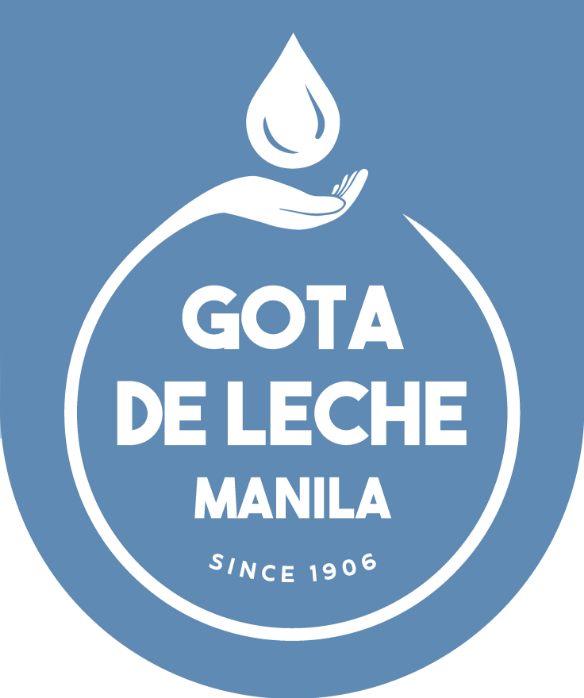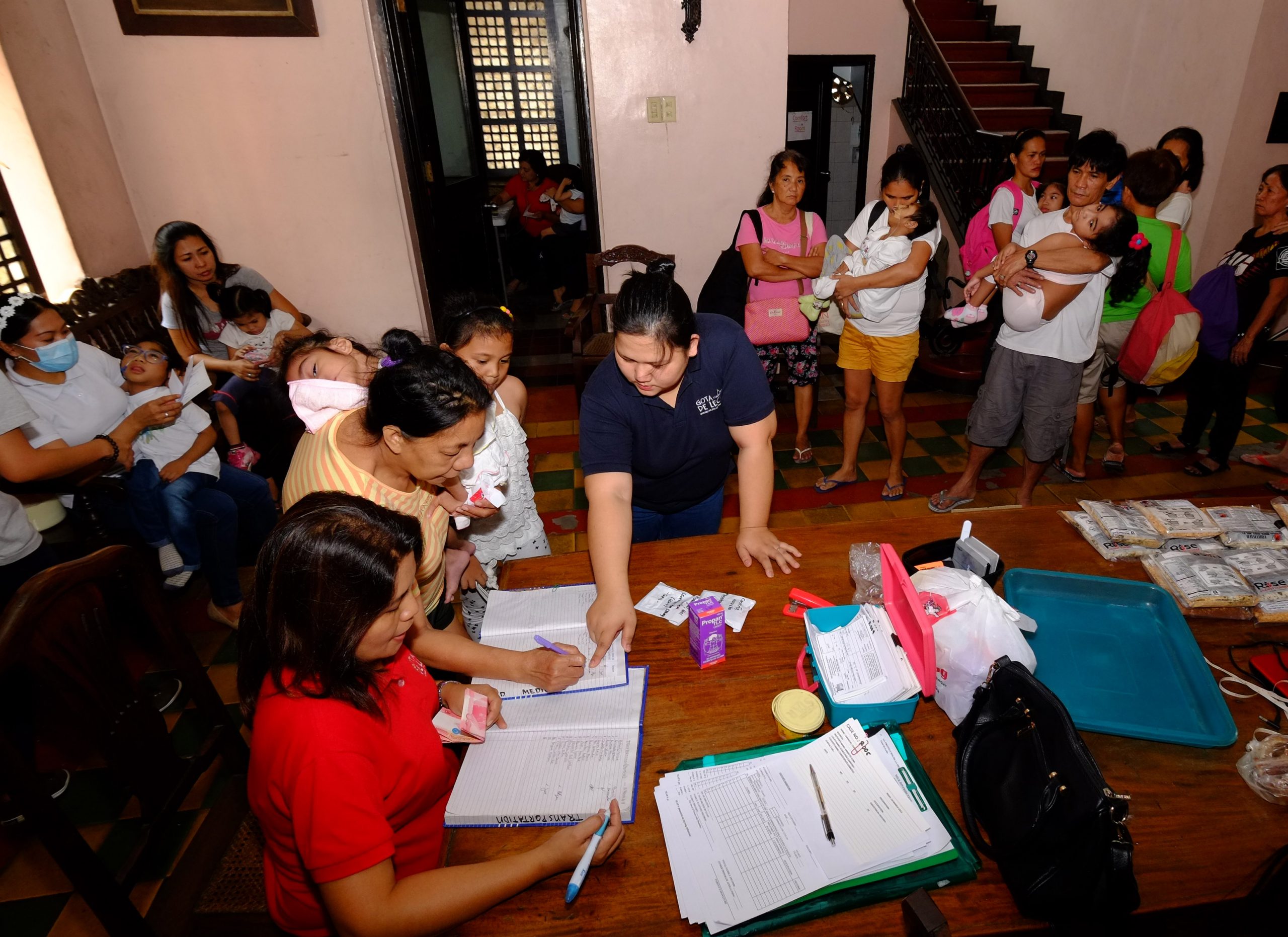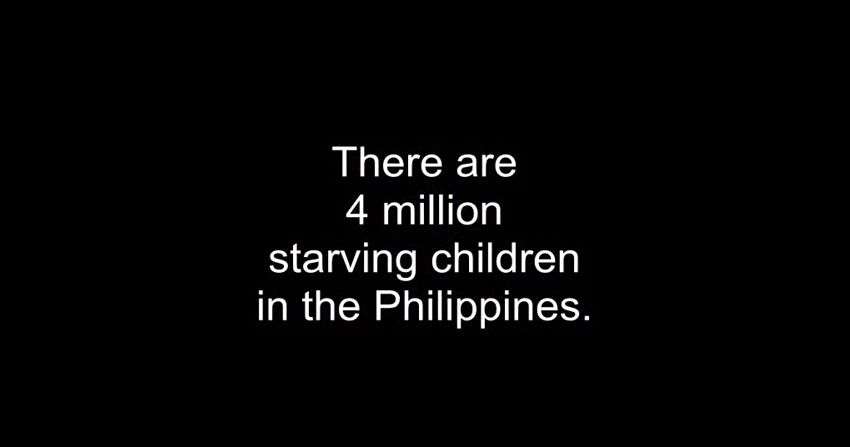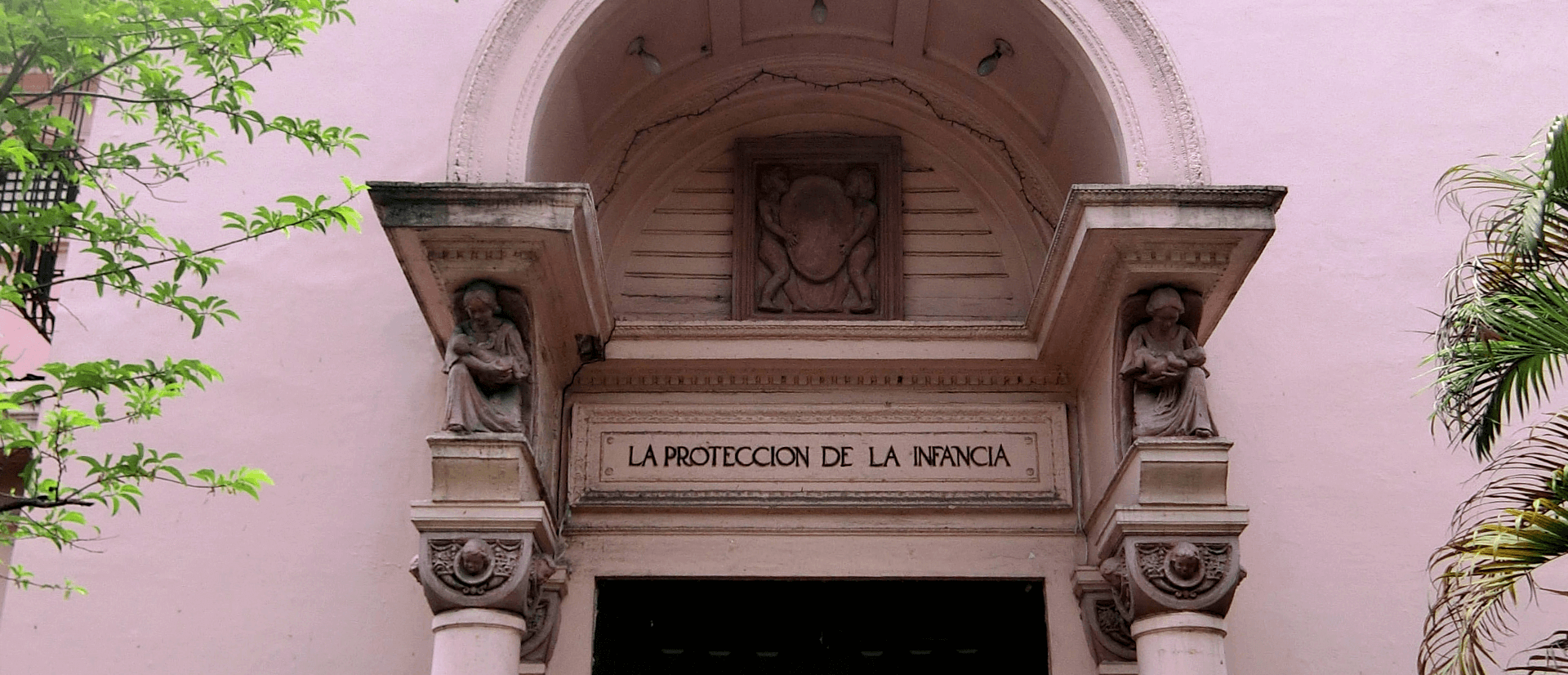News
Three Values We Could Learn from the History of Gota de Leche
We’ve already mentioned countless times before how Gota de Leche and other charity organizations are kept afloat (and even thrive) largely on the spirit of volunteerism. But since La Protección de la Infancia founded Gota in 1906, three values became highly apparent as to why this foundation continues its mission despite the historical, political, economic, and environmental upheavals that happened in its century-long existence.
Resilience.
When beriberi struck during the American colonization, a group of feminists formed the Asociación Feminista Filipina in 1905. They focused on infant mortality and on finding a solution to the tainted milk of infected mothers that was causing alarming rates of infant deaths. Gota de Leche first operated on a bare-bones system that relied on donations from generous sponsors, and volunteered time from caring health care providers and supporters. Not even World War II stopped Gota de Leche from serving children and mothers. Unnamed citizens donated services, utilities, land, furniture, dairy animals, and even fresh milk from their own backyards so that the feeding and nutritional services continued, uninterrupted.
In recent times, most of the country’s NGOs came under fire and were tainted with the controversy of certain unscrupulous individuals’ corrupt ways – but Gota de Leche remained resilient in its tasks to address hunger and malnutrition among children and mothers with programs that have proven to be effective and sustainable. Come rain, floods, unbearable heat, and storms of political nature, it is safe to say that Gota de Leche will be here to stay.
Generosity.
In recognition of its work, the Philippine Congress and the City of Manila allocated government funds regularly to Gota de Leche, while Manila’s most prominent families and companies donated services and resources to keep it going. This show of generosity is why the officers and staff of Gota continue to be generous with their time, support, and caring in turn. One of the best examples of generosity was when Gota de Leche’s then-President, Natividad Almeda-Lopez, established the first pediatric hospital in the country, with free medical services for up to five thousand children each year in its first 10 years. When Manila Children’s and Lying-in Hospital opened in 1974, Gota de Leche began helping mothers by providing obstetric and gynecological as well as family planning services, and continued to do so for 25 more years.
Today, the milk of human kindness continues to flow with officers, staff, and volunteers helping families manage the health of their malnourished children so that they may be able to reach and sustain normal growth. Pediatricians regularly monitor the growth and address the immediate medical needs of its beneficiaries. Relief operations are also part and parcel of the foundation’s mission.
Respect for history and heritage.
In its original form, Gota de Leche had no need for air conditioning. While the building looks European, it was built with a tropical setting in mind. Circular windows near the ceiling and wide-shuttered capiz doors take advantage of the way warm air goes up to keep the lower part of the building cool. Gota de Leche has been successful not only in maintaining the building’s original purpose for over a century, but also in utilizing practical ways to keep up with the times. Placing value on the past is an important ingredient of heritage architecture. More importantly, it is key to a progressive society.
The remarkable historical legacy of Gota de Leche is symbolized by our distinctly pink building, a declared national heritage site. Conservation efforts of Gota de Leche’s duty-bearers resulted in a citation by the UNESCO Asia-Pacific Heritage Awards in 2003. These efforts were further supported by grants from the National Commission on Culture and the Arts.



